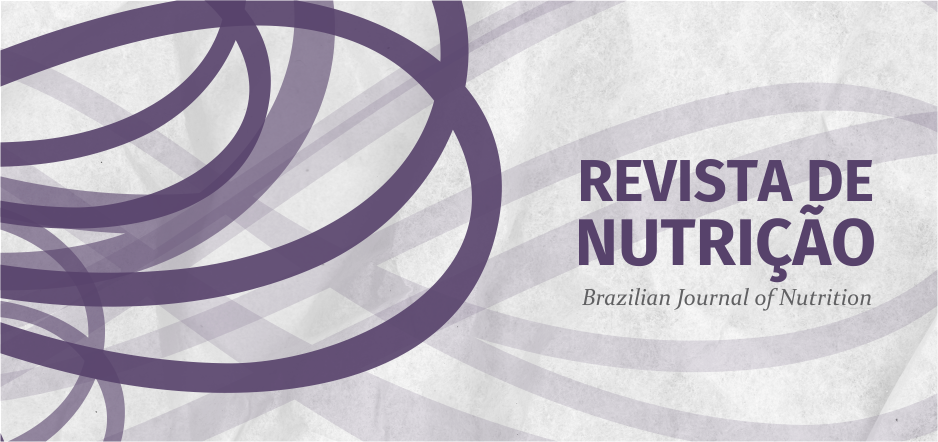OBJECTIVE: To assess the nutritional status and feeding practices of children in the second semester of life who receive care in public health facilities of the city of Taboão da Serra, SP. METHODS: This is a cross-sectional study done in basic healthcare units divided into two groups: downtown and suburb. The sample was comprised of 180 children, 90 in each group. Food consumption was determined by the 24-hour recall. Weight and hemoglobin (by the capillary puncture method) were recorded. RESULTS: The prevalence of anemia was 30.5% with no difference between the groups. The median scores-Z (weight-for-age) were: 0.02 and 0.03, for the downtown and suburb groups, respectively. The use of iron supplements was different between the groups (p=0.001): the suburb group used it more often. Meanwhile, vitamin A supplementation was significantly higher in the downtown group (p=0.044). Foods other than breast milk were introduced early. There was a significant difference between the groups regarding the age when other foods were introduced, such as tea, juice, soup and soup with meat. In relation to nutrient intake, energy and protein intake were adequate but among the studied micronutrients, intake of vitamin C and iron were likely to be inadequate. CONCLUSION: The prevalence of anemia is relatively low when compared with data obtained from other places and the weaning diet is inadequate when compared with the current recommendations. The use of nutrient supplements should be reviewed.
anemia; iron deficiency; weaning; nutritional status; infant




